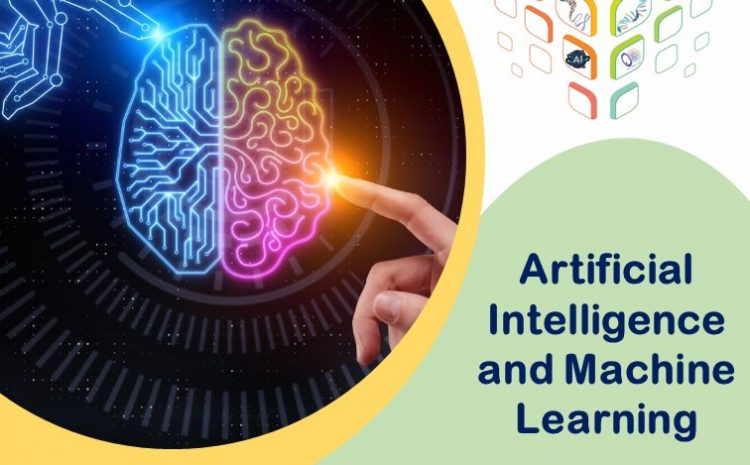Artificial Intelligence and Machine Learning

Artificial intelligence is one of the most widely used fields of the 21st century, and the first ideas for its emergence date back to the 17th century and the presentation of the concepts of “universal language” and “calculus ratiocinator” by Leibniz. Leibniz’ universal language aims to express all human knowledge through symbols and calculations. This will provide a precise background for the expression of logical thinking so that a machine can replicate it. He called a machine that could do such a thing a calculus ratiocinator. After Leibniz, the efforts of logicians such as John Stuart Mill, George Boole, and Gottlob Frege in the nineteenth century regarding formal logic, the use of logic in studying the laws of thinking, and the invention of a comprehensive system of mathematical logic laid the groundwork for the emergence of artificial intelligence in the twentieth century. The birth of artificial intelligence in its standard and well-known form goes back to concepts created in the fourth, fifth, and sixth decades of the 20th century: concepts such as the universal Turing machine, the logical reasoning machine of McCulloch and Pitts inspired by biological neurons and the Turing test.
The term “artificial intelligence” (AI) was first coined by McCarthy at the Dartmouth Conference in 1956. According to his definition, “artificial intelligence is the science and engineering of making smart machines.” Since then, artificial intelligence, as a field that is concerned with building computer systems capable of learning, reacting, and making decisions in variable and complex environments, has developed and expanded into many subfields. Among these subfields, we can mention machine learning, deep learning, artificial neural networks, natural language processing, and machine vision. Since intelligence and ability to learn are closely related to each other, one of the important branches of artificial intelligence is machine learning, which aims to use specific features to recognize patterns and analyze a particular problem. In this way, the machine can learn from these patterns and apply what it has learned to similar situations.
Today, artificial intelligence and machine learning are used in various fields, including bioinformatics. In light of the ever-increasing growth of various types of biological data and advancement of the technologies needed to store them, large databases have been created for gene expression data, structures, sequences, microscopic images, and medical data, including clinical symptoms, CT scans, MRIs, FMRIs, EEGs, EKGs, and ECGs. The application of artificial intelligence and machine learning to these data can result in the recognition of patterns, the discovery of characteristics, and the solution of complex problems that could not be solved in the traditional way in the past. Also, the use of these two areas, besides the feasibility of data integration, leads to the development of tools and methods that are more efficient in terms of time and cost, the improvement of treatment methods, more accurate diagnoses, and a better understanding of the mechanisms of living organisms and biological processes.
Common methods in these two fields include support vector machines, linear regression, principal component analysis, clustering, decision trees, random forests, evolutionary algorithms, image processing methods, and different types of neural networks (convolutional, auto-encoder, multilayer perceptron, RNN, DBN, LSTM, etc.). These methods can be used to solve the following problems:
- Biomarker discovery
- Promoter detection
- Gene expression analysis
- Medical image processing such as CT and MRI
- Prediction of metabolic pathways
- Protein family modeling and function prediction
For more information, please refer to the following sources:
- Skansi, S. (2018). Introduction to Deep Learning: from logical calculus to artificial intelligence. Springer.
- Singh, V., & Kumar, A. (Eds.). (2021). Advances in Bioinformatics. Springer.
- Satpathy, R., Choudhury, T., Satpathy, S., Mohanty, S. N., & Zhang, X. (Eds.). (2021). Data Analytics in Bioinformatics: A Machine Learning Perspective. John Wiley & Sons.
- Larranaga, P., Calvo, B., Santana, R., Bielza, C., Galdiano, J., Inza, I., … & Robles, V. (2006). Machine learning in bioinformatics. Briefings in bioinformatics, 7(1), 86-112.
